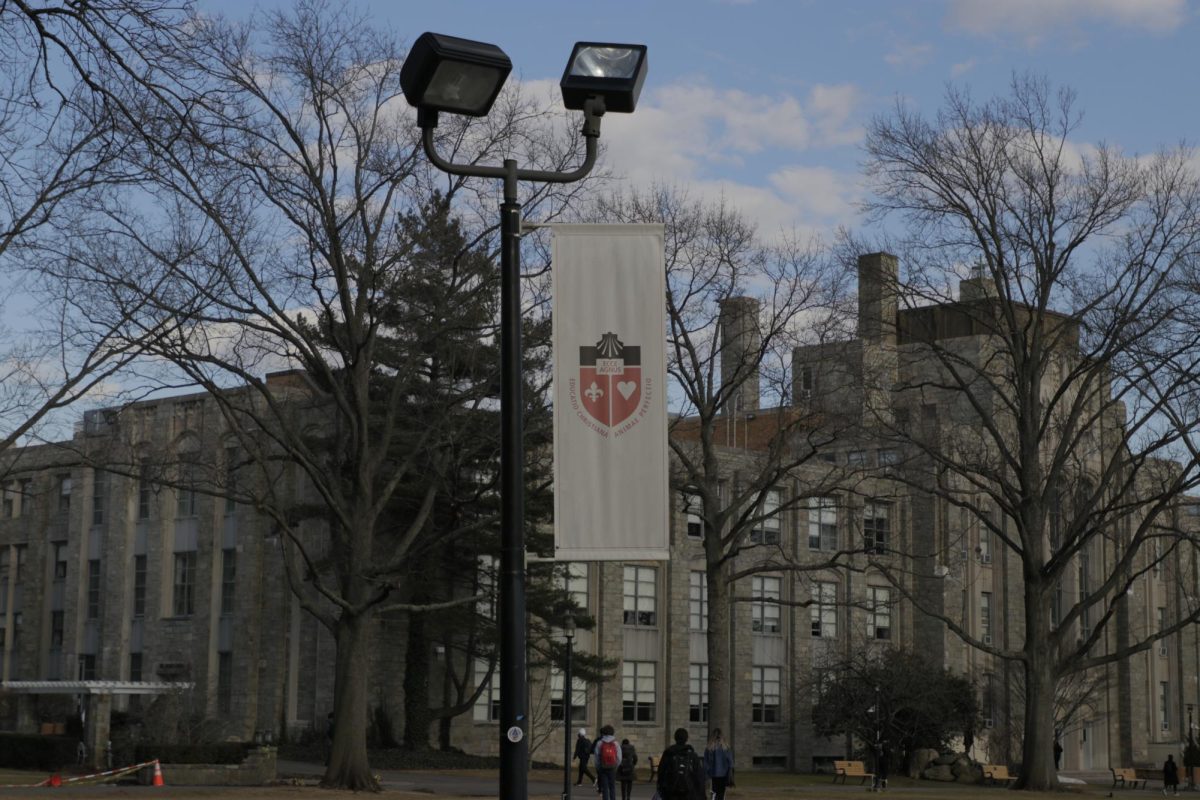
Every seat in the U.S. House of Representatives and roughly a third of the U.S. Senate seats will be on the ballot during the 2022 midterm elections — roughly one month away. The results of these elections will determine which party will control one or both chambers of Congress during the second half of President Joe Biden’s first term in office.
You are probably used to hearing about the stakes of upcoming elections and why they are so important. But for this election, this statement is more true than ever, because the future of our democracy itself is on the ballot. This election represents our last chance to elect enough Democrats to the House and Senate so that they will have the majorities necessary to reform our system in a way that will ensure the health and stability of our democracy. Unfortunately, ensuring this will be far from easy.
The Washington Post and ABC News recently released a poll which stated that registered voters prefer Republicans over Democrats by one point, while Republicans have a larger lead among likely voters by five points. And according to FiveThirtyEight, Republicans have around a 70% chance of taking control of the House from the Democratic Party, as of October 2022.
However, things have improved greatly for Democrats during the past few months. Gas prices went down, some recent legislative and executive accomplishments were achieved and most notably, the Supreme Court struck down the constitutional right to an abortion earlier this year. As a result, Democrats’ chances of retaining the House and Senate have gone up.
This is why it is more important than ever for Americans to vote for Democrats in these midterm elections, if they care about these issues. Some Republicans have made it perfectly clear what they intend to do if they win back control of Congress. A few weeks ago, Senator Lindsay Graham (R-SC) introduced a bill that would ban abortions on a national scale after 15 weeks. But we can also see hints of what they intend to do at the state level. In the past few years, several Republican-led states have passed bills restricticting voting options, abortion access, and what can be taught in schools when it comes to U.S. history, race, sexual orientation and more.
While Democrats currently have a federal government trifecta, factors such as their narrow majorities and institutional hurdles like the Senate filibuster prevent them from being able to pass legislation. The majority isn’t wide enough to combat the undemocratic actions Republicans are taking in states all across the nation. For example, earlier this year, Democrats did try to use their narrow majority in the Senate to reform the filibuster in order to ensure the passage of voting rights legislation that would combat voter restriction laws in Republican-led states. However, they weren’t able to because two Democrats in their caucus voted against reforming the filibuster.
If Democrats are able to at least retain their House majority and win at least two more seats in the Senate, legislation combating Republicans’ undemocratic actions will have a much higher chance of becoming law. But if Republicans are able to win control of at least one chamber of Congress, any meaningful chance to truly combat threats to our democracy and reform it for the better will be gone and with it, potentially our democracy.







